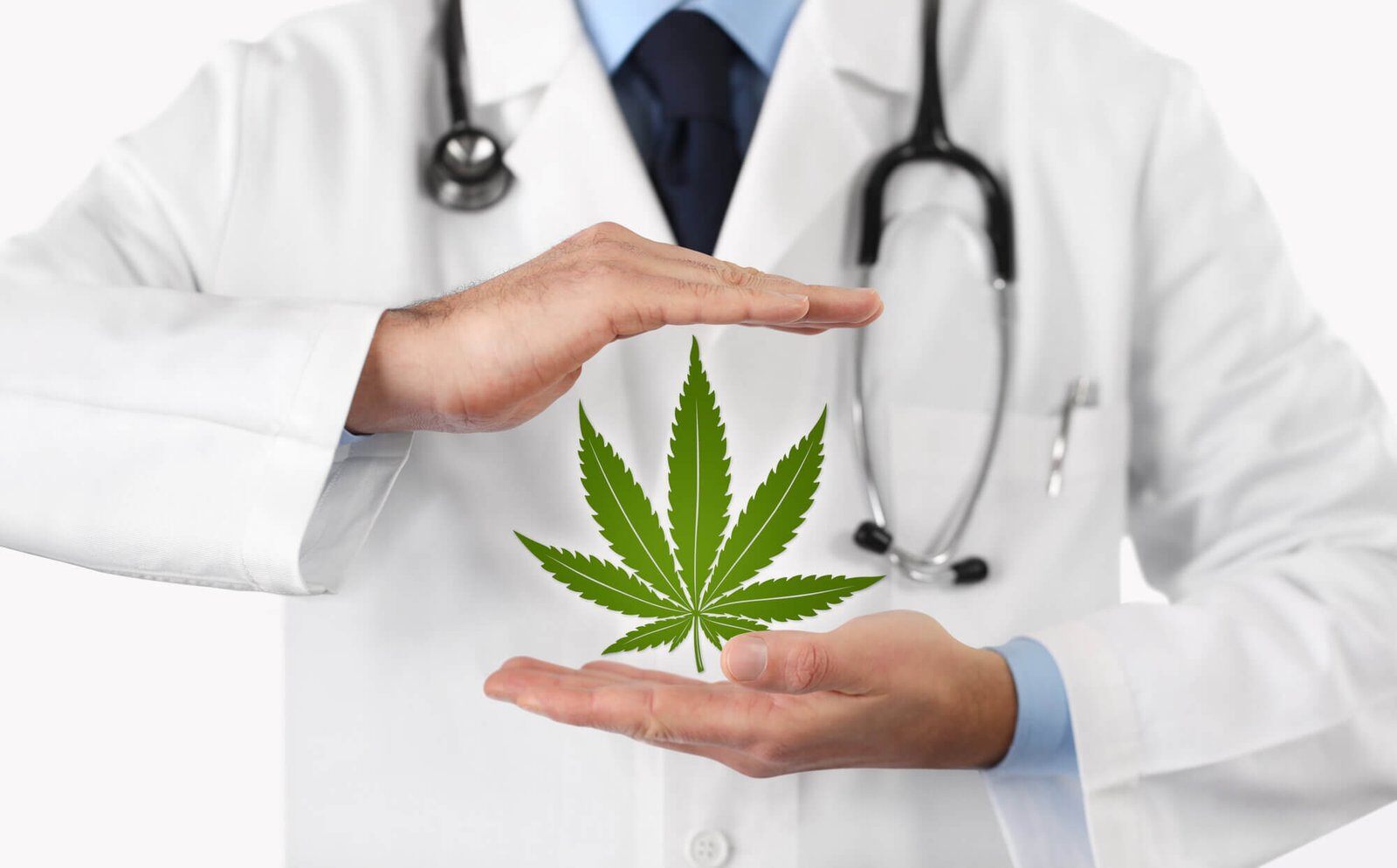Benefits of Medical Marijuana for Chronic Pain Sufferers
Introduction Chronic pain is a debilitating condition that affects millions of people worldwide. Traditional treatments often involve the use of...
3 min read
 Dr Kaufman
:
Feb 17, 2025 2:59:55 PM
Dr Kaufman
:
Feb 17, 2025 2:59:55 PM

If you’ve got a serious injury that is painful, whether short-term or long-term, you need to find some form of pain management. But when it comes to pain management, there are very few good options.
You could use typical methods of pain management like taking anti-inflammatories or using pain pills. But those options are often temporary and can be highly damaging to your body. You could participate in physical therapy, but that requires a large time investment, and it may not work for all kinds of pain.
One of the best options for pain management is using medical marijuana. In this article, we’ll go over everything you need to know about medical marijuana and pain management, including how medical marijuana treats pain, the different kinds of pain it treats, and the different ways you can use medical marijuana to treat pain.
To get a good understanding of how marijuana affects how pain is felt, you need to understand how medical marijuana affects the body. There are two main compounds that are responsible for the effect marijuana produces: CBD and THC.
CBD, also known as cannabidiol, does not produce a psychoactive effect when it is ingested. It may make the user feel calmer and less anxious, but it does not make them feel intoxicated or disoriented in any way.
CBD affects pain by reducing inflammation at the site of injury, which makes the area around injuries less swollen. It does this by forcing your repair cells to switch from causing inflammation to reducing inflammation. This makes injuries less painful and makes it easier to keep an injury mobile.
CBD also reduces pain by dampening the signal to the brain that causes you to feel pain. It does this by producing a compound called anandamide, which helps regulate the feelings of pain in the brain.
THC, or tetrahydrocannabinol, is the chemical compound that causes the psychoactive effects of marijuana. It also has potent anti-inflammatory properties, which help reduce pain. It also triggers the activation of CB1 and CB2 receptors, which directly affect how the body experiences pain.
There is even some evidence that THC indirectly actives opioid receptors as well, which also helps the body regulate pain.
Although most people think pain is just pain, there are actually two different kinds of pain that you feel. Those types of pain are nociceptive pain and neuropathic pain.
These two different types of pain feel completely different and have different causes. Luckily, medical marijuana is an effective treatment for both types of pain.
Nociceptive pain is the more traditional type of pain, which results from tissue damage. Tissue damage is any kind of damage to the skin, ligaments, cartilage, bones, muscles, or tissues in the body.
When your tissue is damaged, your body uses cells produced by your immune system to repair it. Proteins and chemicals are released by these cells, which bind to the nerve endings and cause those nerves to send a pain signal to the brain. The pain you feel when your tissue is damaged is also caused by the inflammation that occurs at the site of the injury.
Both THC and CBD are great for treating nociceptive pain. THC helps mitigate the pain response through the activation of CB1 and CB2 receptors. CBD helps bring down the inflammation that is common with tissue damage and pain.
Neuropathic pain is infamous for its intensity and how difficult it is to treat. While neuropathic pain may result from tissue damage or forceful injury, the pain itself isn’t due to tissue damage.
Neuropathic pain results from damage to the nervous system and the nerves that control it. This is often caused by a nerve that has been pinched or suffered other damage. Neuropathic pain often affects multiple areas of the body, such as the lower back and legs, neck and shoulder, or upper back and arms.
This is due to the pinched nerve sending pain signals along the entire nerve, which often stretches across large parts of the body. For example, sciatica is a common type of neuropathic pain that affects the sciatic nerve, which runs from the feet to the lower back.
THC and CBD are both excellent at treating neuropathic pain.
Although neuropathic pain isn’t typically caused by inflammation, THC and CBD reduce pain by dampening the pain signal sent to the brain.
The medical marijuana products you need for pain will depend entirely on the type of pain experience.
For nociceptive pain that is close to the surface of the skin, it’s often best to use a salve that contains both THC and CBD. The salve absorbs directly into your tissue, so it makes it particularly useful for injuries like bruises, cuts, and strained muscles.
However, if you have damaged tissue deeper into the body, like a bone or a ligament, it’s best to use a product that gets the THC and CBD into your bloodstream. By getting into your bloodstream, the THC and CBD provide more general pain relief across the body rather than in a single spot. Products like this include edibles, vapes, and smoked cannabis.
For neuropathic pain, you’ll need to get a product that gets the THC and CBD into your bloodstream. The nerves in your body are located deeper in the skin and you will need to get THC and CBD into your brain to reduce the pain. Neuropathic pain typically requires edibles, vapes, or smoked cannabis to treat.
Just remember to get a balance of THC and CBD to ensure that you are getting comprehensive treatment for your injury and pain.
Now that you know more about medical marijuana and pain management, you can start on your journey to getting a medical marijuana card. Make sure to talk to your doctor about medical marijuana to make sure it is the best treatment for your symptoms.
If you have any more questions about medical marijuana or how to get your medical marijuana card, please visit our blog.

Introduction Chronic pain is a debilitating condition that affects millions of people worldwide. Traditional treatments often involve the use of...

Introduction Lately, the world of healthcare has been changing quickly, and medical cannabis is stepping up as an exciting new option for managing...

3 min read
Medical marijuana has been legal in Oklahoma since 2018. Because of how new and revolutionary this change was for the state, there’s a good...